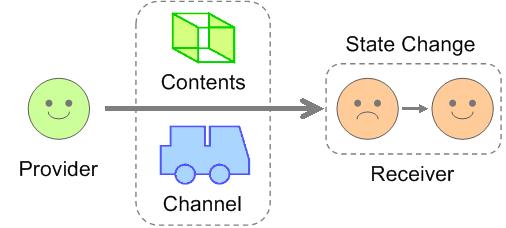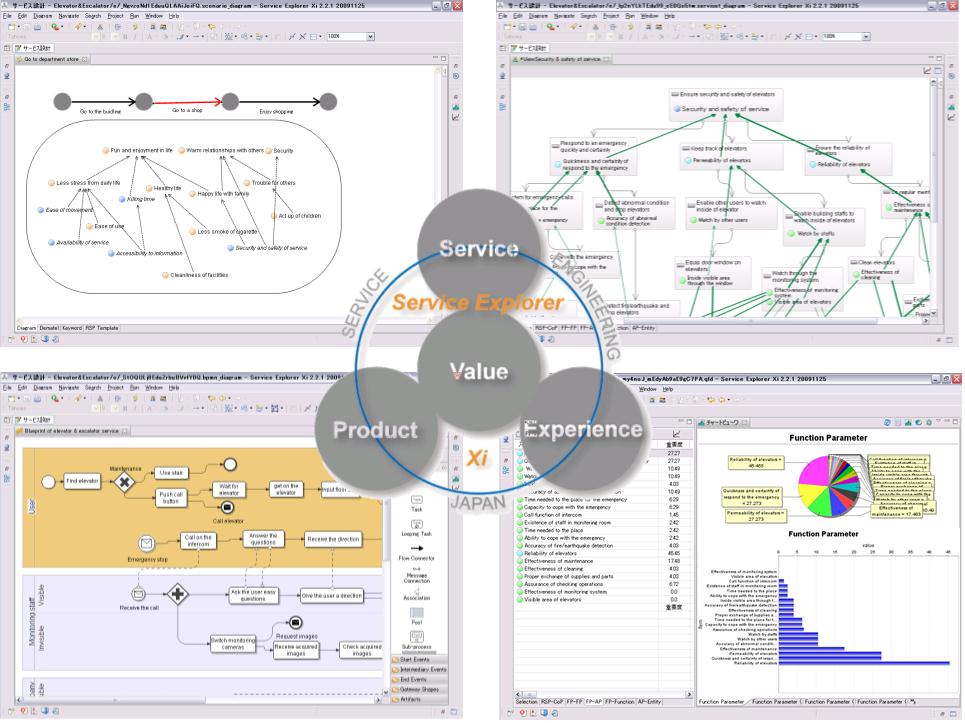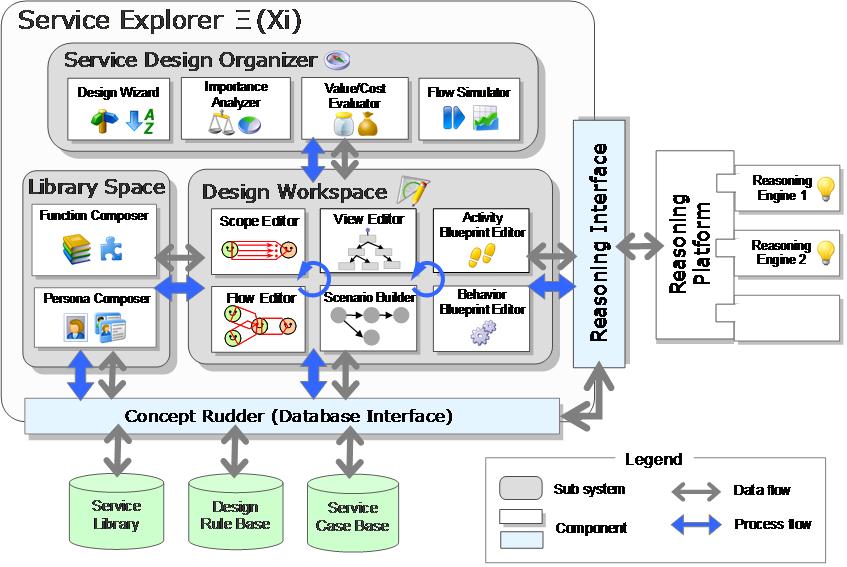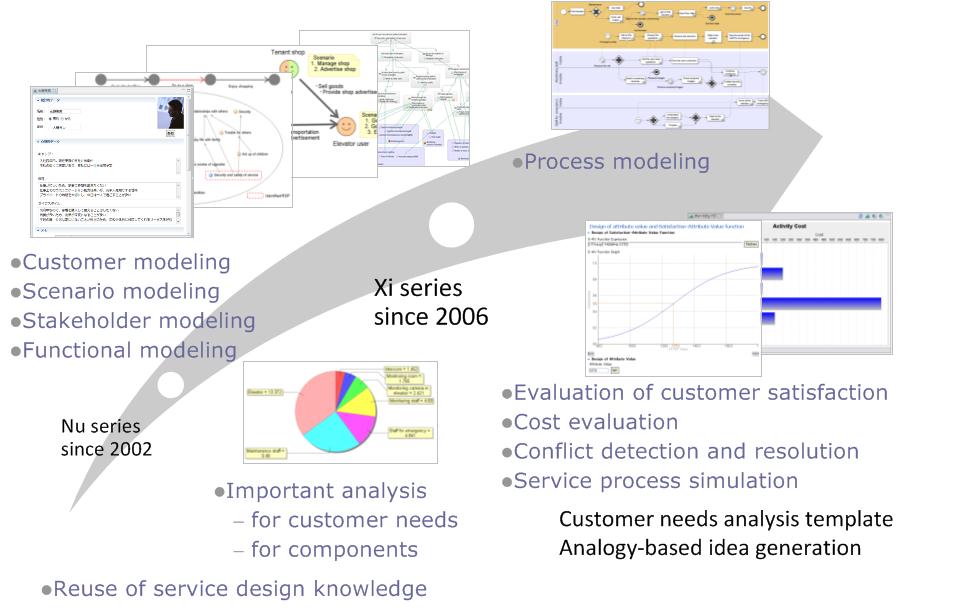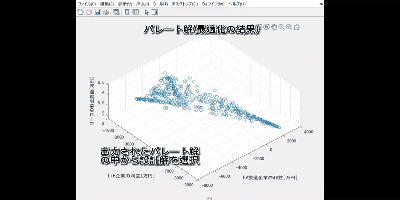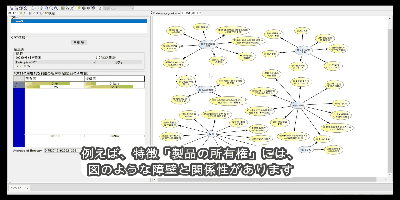|
|
Service Engineering
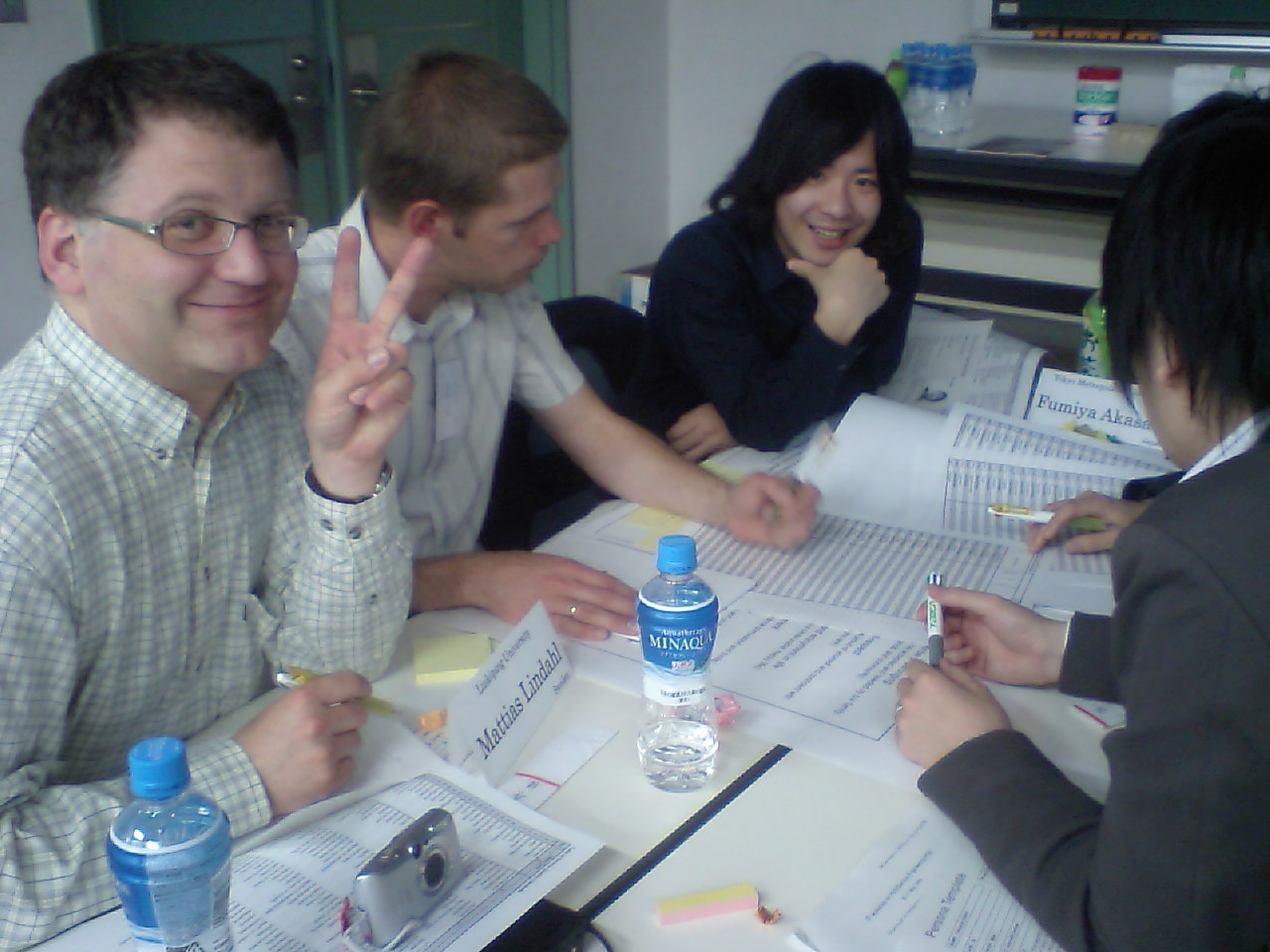 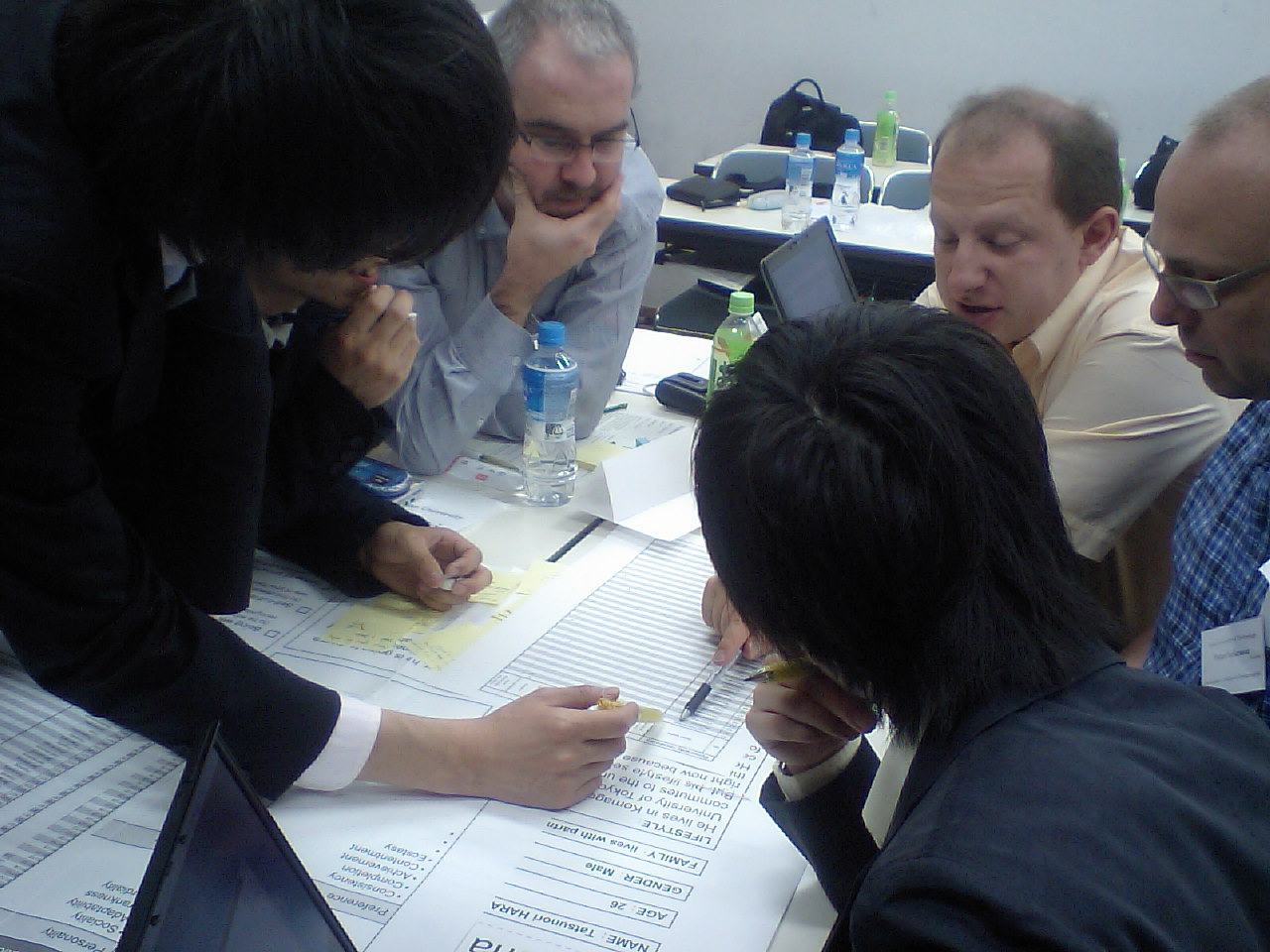 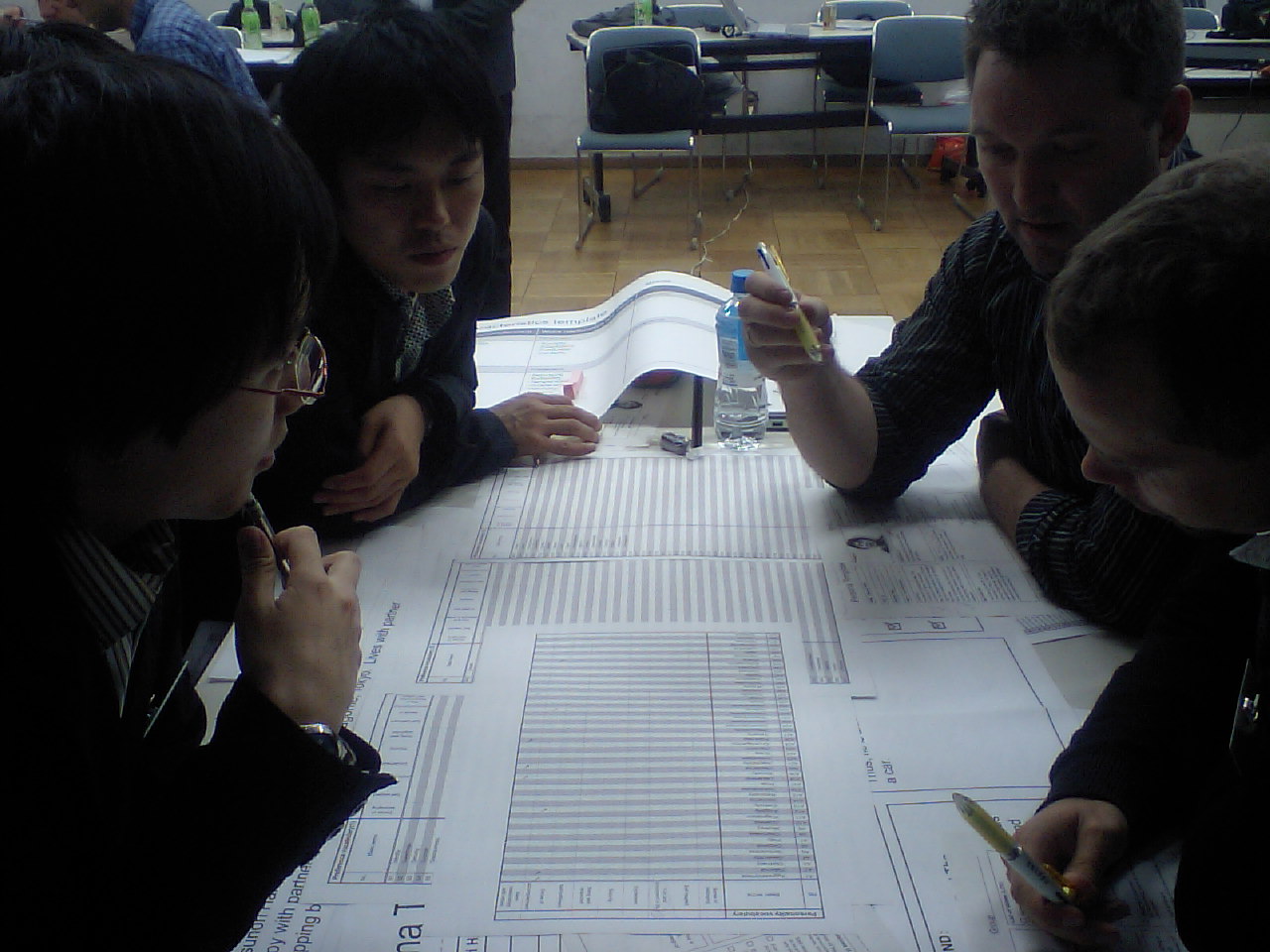 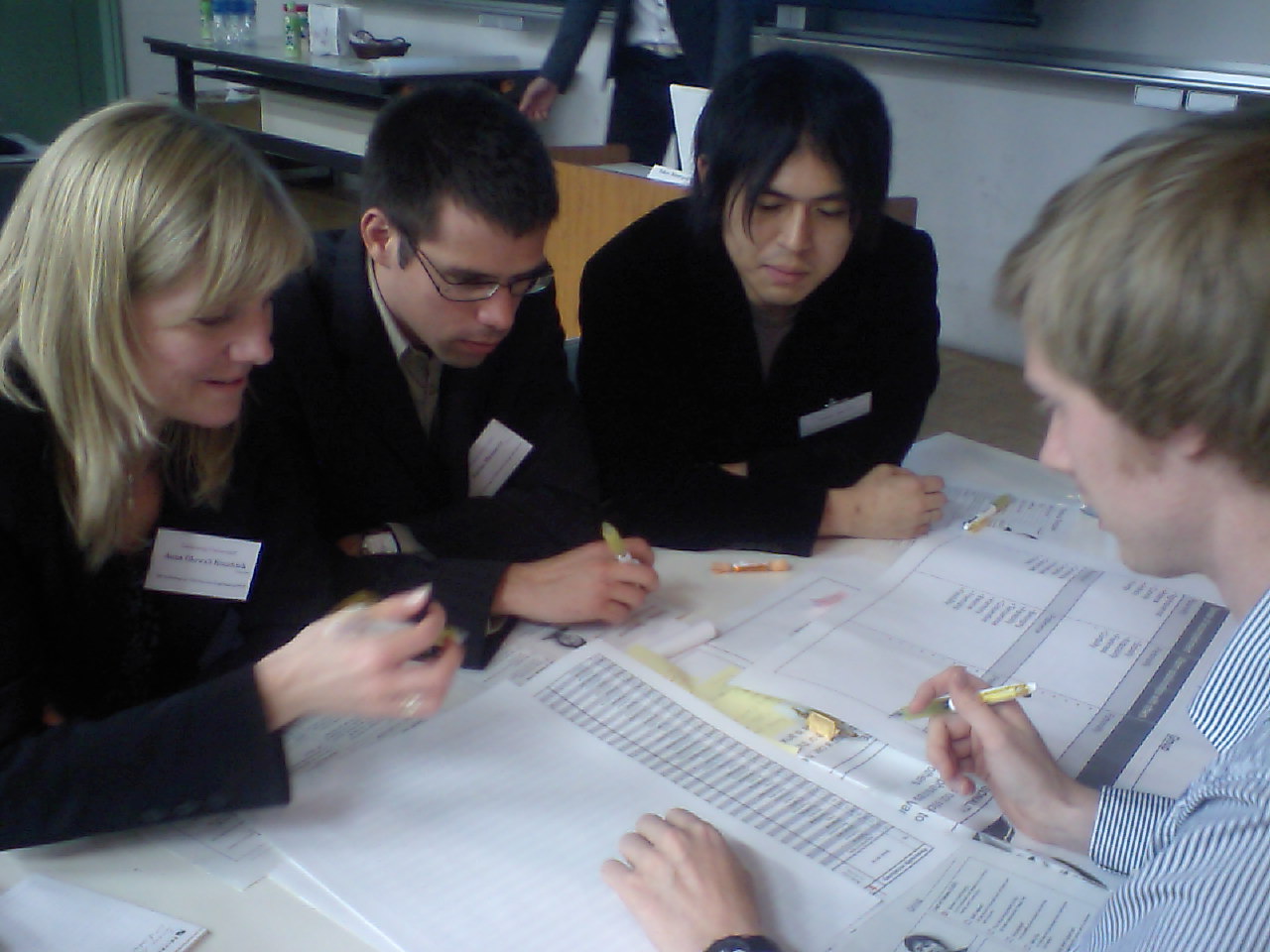
Throughout Japane’s history, manufacturing companies have supported the national economy. However, they are at an important crossroad in their survival and must tackle and solve many difficult issues, e.g., global competition, global environment problems, and elevated material and employment costs. In order to grow in sustainability and continue to play a leading role in the world, manufacturing companies must find a new source of competitiveness. This leads to a need to formulate a new mission to address in the engineering research area. From this background, gserviceh attracts strong attention from many industries and research fields.
In the past, engineering activities focused on the function of artifacts. For example, a common thought is that the purpose of studying materials strength is to raise the strength function of materials in order to decrease cost (weight saving). In the future, new engineering is needed to change the current viewpoint of artifacts as mere "things" to artifacts as gdevicesh to provide services. Service engineering is an "engineering technique" that yields increased value and satisfaction by providing services, leads to cost reduction, and is useful not only for service industries but also for manufacturing industries.
In today’s society, as suspension of superfluous production of artifacts is being required mainly from an environmental side, a means to economically compensate the decrease in production volume is also needed. This means increasing not only the value of artifacts as "things" but also the added value based on service and overall knowledge of the entire life cycle. Therefore, service engineering aims at a basic understanding of services and the provision of specific engineering methods to design, produce, and develop services.
The following points briefly introduce some of the methods developed in our laboratory. They are arranged by the three phases of service design: value analysis, embodiment, and evaluation.
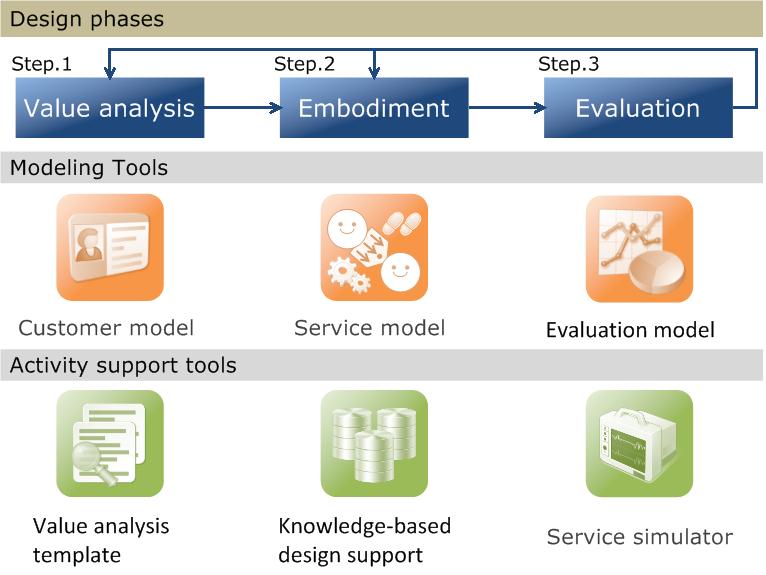
- Methods for the value analysis phase
In the value analysis phase, designers clearly define target customers
and identify customer value of a service. To support this operation, we
have proposed a customer modeling method based on the concept of “persona”.
Persona is a group of virtual people created to represent target customers.
By using this method, designers can share the image of customers with other
participants in service design. Furthermore, we have proposed a template
method to identify customer value using scenarios in which the activities
and thoughts of a persona are written during the service delivery. This
method was developed through a national project.
- Methods for the embodiment phase
In the embodiment phase, designers specify how to fulfill identified customer values, i.e., a service to be provided to customers.
To visualize and design a service using a computer, we have proposed methods to model a service concept (what is to be provided), service structure (with whom to cooperate), and service process (how to provide). These models are described using general notations, such as language. In this way, all the people involved in the service design and operation can understand the description of the models. Therefore, these models can be used as “blueprints.”
In addition, we have proposed knowledge-based design support tools to enhance the quality of a design solution and increase design efficiency. For example, we have established a knowledge base consisting of past design solutions and a database (reference:Universal Abduction Studio) including a large number of press releases collected from Web resources.
- Methods for the evaluation phase
In the evaluation phase, designers evaluate solutions generated in the previous two phases from various points of view. These evaluation results are then applied back to the previous phases. We have proposed methods to evaluate customer satisfaction, importance of components, cost for service delivery, and so on. Moreover, we have developed a service simulator that can evaluate customer satisfaction and the existence of bottlenecks by recreating the designed service process.
 |
| Experimental implementation of service edge devices |
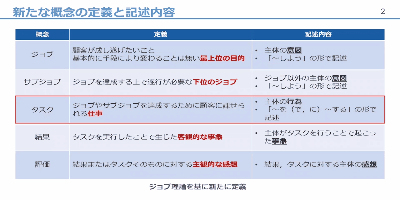 |
| Customer Job Journey Map (open in February 2023) |
In our laboratory, two research groups currently drive service engineering researches. The first group is the “design support group.” This group aims at the development of a design support system that has “intelligence.” Members of this group study the design and intellectual processes of service designers, design knowledge management for supporting service designers, generate ideas for creating innovative services and also develop new design education tools. The second group is the “evaluation group.” This group aims at the realization of high reliability services. Members of this group develop methods to analyze service failure and behavior and improve simulation techniques regarding characteristic features of a service.
|
|
|

